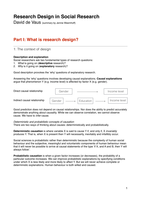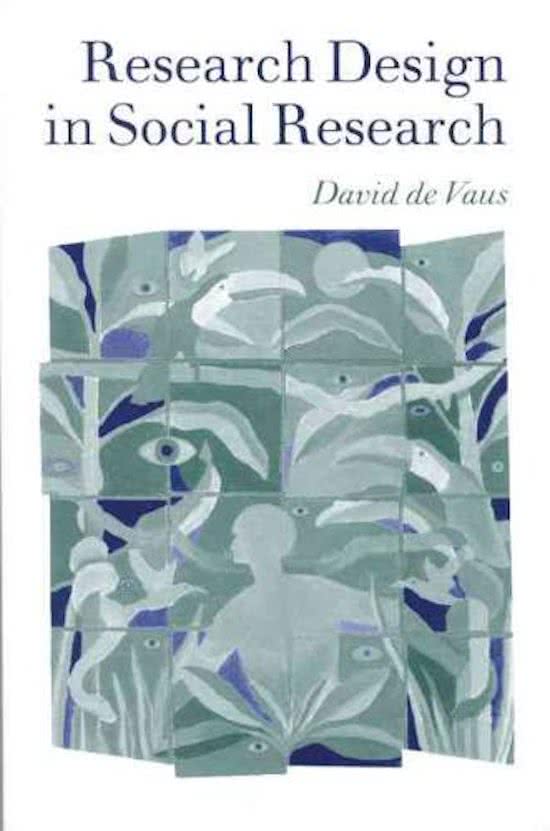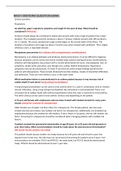Samenvatting
Summary Social Research Methods
- Instelling
- Vrije Universiteit Amsterdam (VU)
Complete, uitgebreide samenvatting van het boek Research Design in Social Research van David de Vaus. Alle inhoud van het boek is omschreven in de samenvatting, in een overzichtelijke weergave. Inclusief verduidelijkende tabbellen.
[Meer zien]







